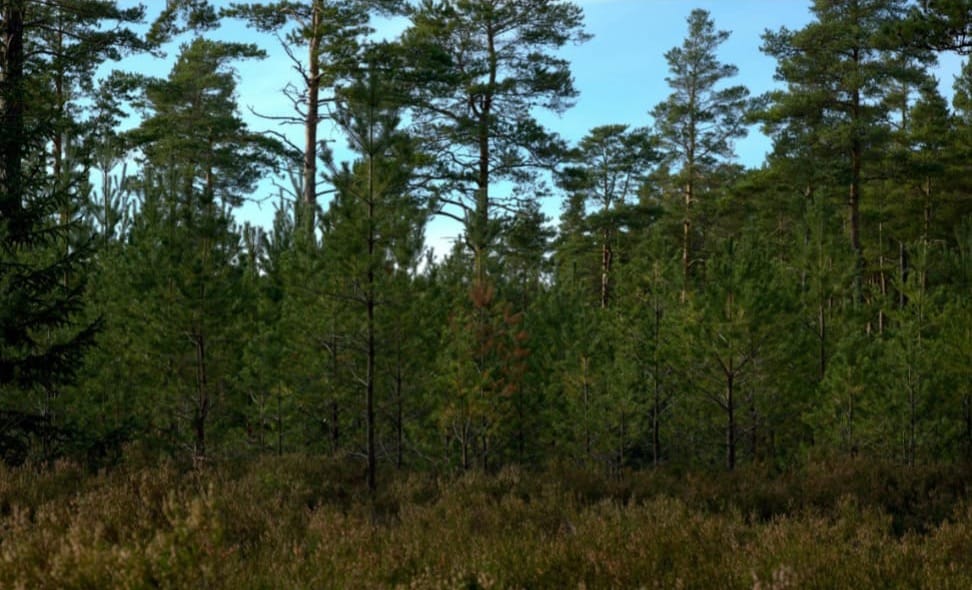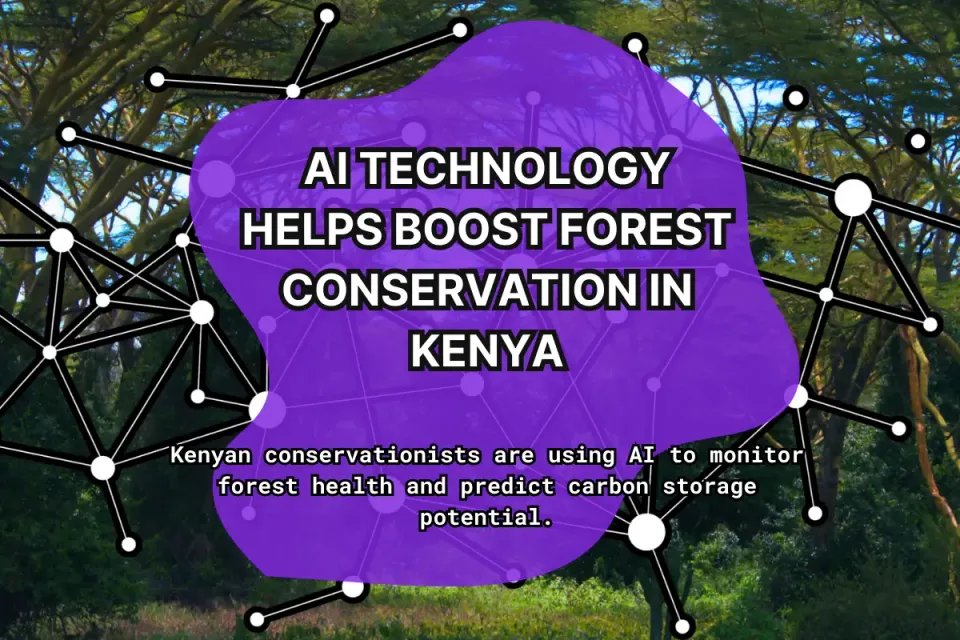Data for Reforestation: The Potential Reforestation Index📈
The PRI is a prime example of how environmental science powered by data can revolutionize our approach to nature. 🌎

🌱 A Fresh Outlook on Environmental Restoration
Various organizations around the world are striving to plant one trillion trees by 2050, with many of these planting projects taking place on converted farmland. However, the open question remains: Where should these trees be planted?🌳
Why it matters: Planting trees in less-than-optimal sites can often lead to disastrous consequences, including actually increasing carbon emissions. In the United States, the Potential Reforestation Index (PRI) emerges as a beacon of hope in the struggle to balance agricultural productivity with ecological restoration. As a companion to the Forest Retention Index, the PRI evaluates the likelihood of transforming non-forested farmlands into verdant forests by 2060, using advanced geospatial data. 🌿
🔍 Why Strategic Reforestation Matters
In the ongoing battle against climate change, strategic reforestation is key. By targeting underperforming agricultural lands—areas that yield low returns for agricultural productivity—strategic reforestation avoids the pitfalls of using fertile agricultural land that could be better used for food production.
Key takeaway: This approach helps balance the need for food security with the benefits of forest coverage, ensuring that land is used as efficiently and sustainably as possible. The PRI is a prime example of how environmental science powered by data can revolutionize our approach to nature. 🌎
How can strategic reforestation impact global climate goals?
🌳 Innovations in Forest Restoration
Using resources like the National Commodity Crop Productivity Index and Potentially Restorable Wetlands on Agriculture Land, the PRI pinpoints the best spots for trees.
Why it’s innovative: This method ensures that every inch of land is optimally used, aligning with broader environmental strategies and showcasing a proactive stance in ecological stewardship. The PRI and similar tools carve out actionable paths for expanding forested areas, leveraging open-source data to foster transparency and cooperation across communities of scientists, policymakers, and the public. 📊
What other innovations could enhance reforestation efforts?
🔓 Open Source Data & Code: Fostering Collaboration
Open data and coding resources play a crucial role in the PRI's development and implementation. This transparency invites collaboration and continuous improvement in reforestation strategies.
Interested in exploring the data? It is freely available to downlaod and open in ArcGIS. 🗺️




